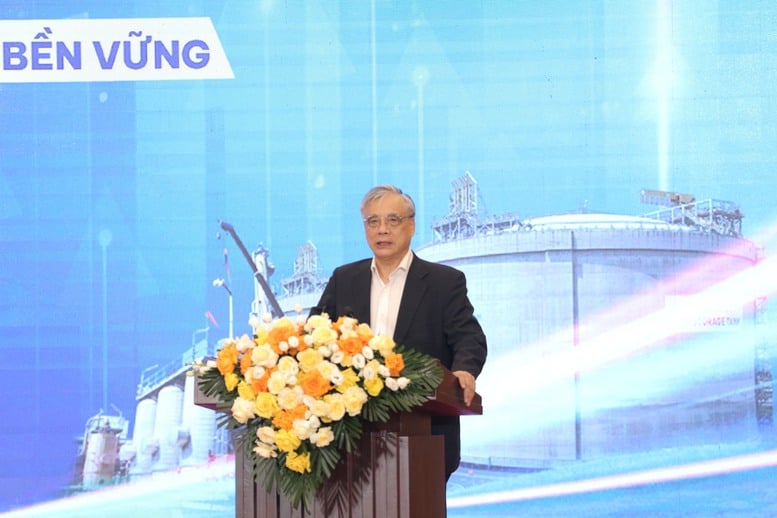
Associate Professor, Dr. Tran Dinh Thien affirmed that energy is not only infrastructure, but also a prerequisite for national development strategy - Photo: VGP/Vu Phong
Speaking at the Forum "Investing in energy development towards the goal of high and sustainable economic growth" on August 21, Associate Professor, Dr. Tran Dinh Thien affirmed that energy is not only infrastructure, but also a prerequisite for the national development strategy.
According to him, over the past decade, Vietnam has witnessed significant progress, especially in the period 2015-2023 when wind and solar power developed explosively thanks to attractive pricing policies. However, the hot development also revealed shortcomings: unsynchronized planning, overlapping procedures, inflexible management mechanisms causing social resources to be wasted, and the system exposed many bottlenecks.
Mr. Thien emphasized that to achieve the goal of becoming a high-income country by 2045, Vietnam must maintain a growth rate of 8-10% per year in the 2026-2030 period. This entails a huge demand for energy, with an estimated need to add 150,000 MW of renewable energy by 2035, equivalent to about 1,500 new projects. This is a challenge far beyond the current implementation capacity, forcing Vietnam to make breakthroughs in mechanisms, policies and governance.
Capital and institutions
Citing analysis by Dr. Can Van Luc, Associate Professor Dr. Tran Dinh Thien said that to maintain the expected growth rate, the average social investment level must reach at least 38% of GDP. Each year, Vietnam needs to mobilize about 240-245 billion USD, of which the electricity industry alone accounts for more than 21 billion USD. With the budget only able to meet about 35%, most of the remaining resources must come from the private sector and international capital.
However, the major obstacle is not only capital but also institutions. According to statistics from the Ministry of Finance , there are currently more than 2,200 projects with a total capital of about 6 quadrillion VND stalled due to procedural and legal problems. This directly affects large-scale energy projects such as nuclear power, pumped storage hydropower or LNG, which are key sources of supply for long-term energy security.
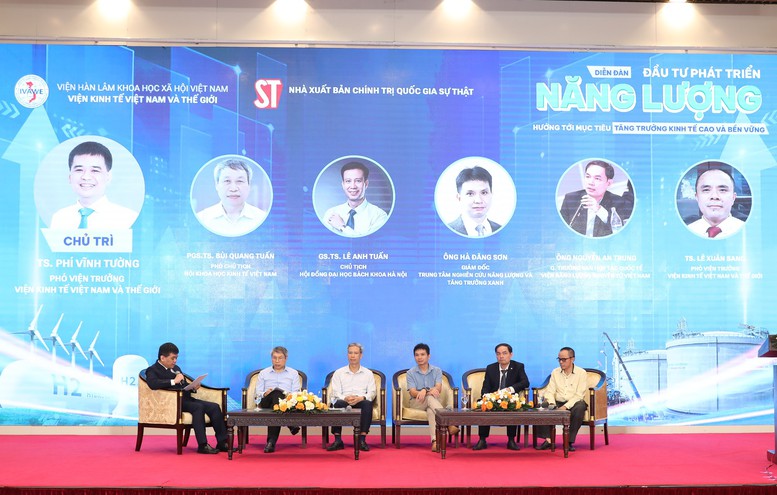
Speakers discuss at the Forum - Photo: VGP/Vu Phong
Technology and human resources
According to Mr. Ha Dang Son, Director of the Center for Energy and Green Growth Research, there is no absolutely optimal energy technology. Nuclear power is expensive but stable, less affected by the world market. Solar power is cheap, fast to deploy but unstable, only generating about 12 hours a day. Wind power has great potential but Vietnam is almost completely dependent on foreign technology.
Therefore, energy development strategy must be based on a diverse combination of technologies, accompanied by appropriate policy mechanisms to both take advantage of advantages and overcome limitations.
Mr. Le Anh Tuan, Chairman of the Council of Hanoi University of Science and Technology, added that to master technology, especially in the field of nuclear power and renewable energy, Vietnam must invest heavily in high-quality human resources. "It is impossible to only train bachelors to meet the requirements. We need well-trained engineers, masters, and doctors, linked to research and application," Mr. Tuan emphasized. At the same time, it is necessary to have policies to treat and attract talents to retain the core force of experts.
Associate Professor Dr. Bui Quang Tuan, Vice President of the Vietnam Economic Science Association, said that in addition to developing power sources, Vietnam needs to pay attention to energy efficiency, a factor that determines growth quality.
He pointed out that in the recent period, many solar power projects have been put into operation but the capacity could not be released because the transmission system was not completed in time. This not only wastes resources but also loses development opportunities. Therefore, the institution must open up for the private sector to participate in investing in transmission infrastructure; at the same time, it is necessary to build a transparent electricity market, balancing energy security and market competition.
In addition, science, technology and innovation will be the key. A smart power transmission system, reducing losses and optimizing operations is the condition for Vietnam to effectively utilize renewable energy sources, which are increasingly accounting for a large proportion.
Anh Tho
Source: https://baochinhphu.vn/tang-truong-cao-doi-hoi-su-but-pha-tu-nang-luong-102250821165519817.htm


![[Photo] Ho Chi Minh City is brilliant with flags and flowers on the eve of the 1st Party Congress, term 2025-2030](https://vphoto.vietnam.vn/thumb/1200x675/vietnam/resource/IMAGE/2025/10/10/1760102923219_ndo_br_thiet-ke-chua-co-ten-43-png.webp)



![[Photo] General Secretary attends the parade to celebrate the 80th anniversary of the founding of the Korean Workers' Party](https://vphoto.vietnam.vn/thumb/1200x675/vietnam/resource/IMAGE/2025/10/11/1760150039564_vna-potal-tong-bi-thu-du-le-duyet-binh-ky-niem-80-nam-thanh-lap-dang-lao-dong-trieu-tien-8331994-jpg.webp)
![[Photo] Opening of the World Cultural Festival in Hanoi](https://vphoto.vietnam.vn/thumb/1200x675/vietnam/resource/IMAGE/2025/10/10/1760113426728_ndo_br_lehoi-khaimac-jpg.webp)
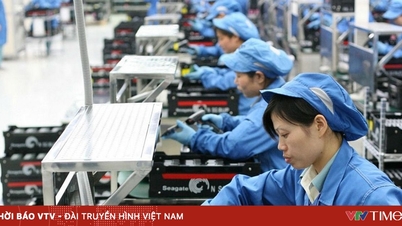



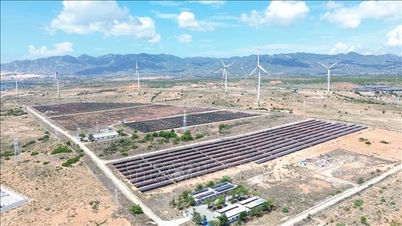

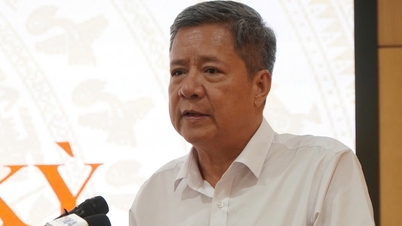


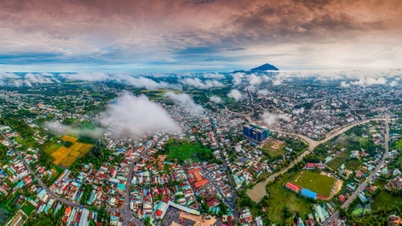

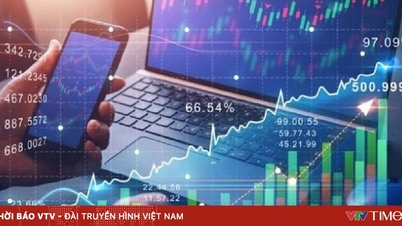

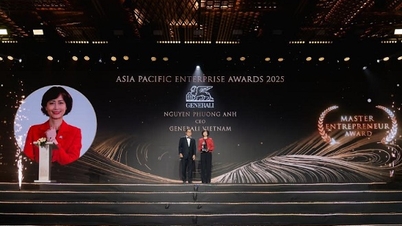

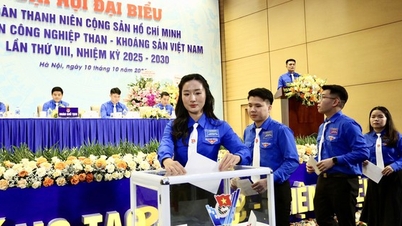
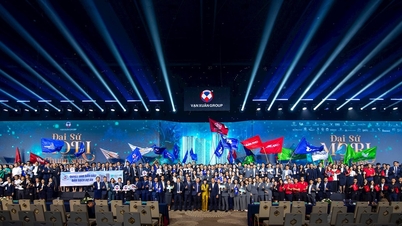

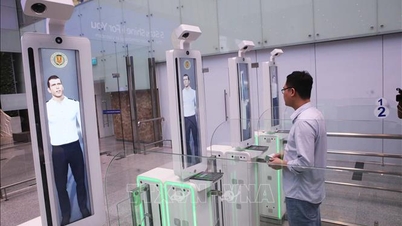




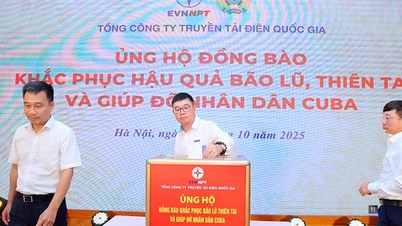





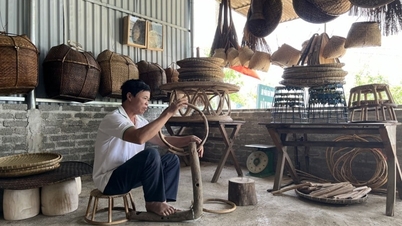



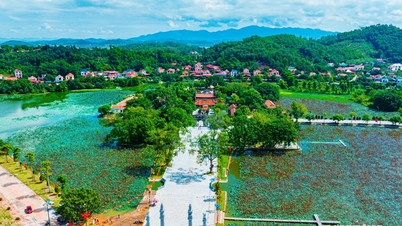


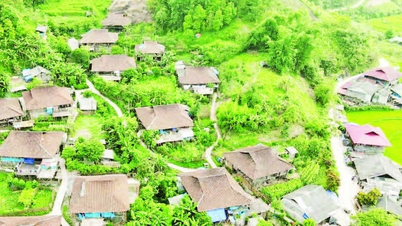

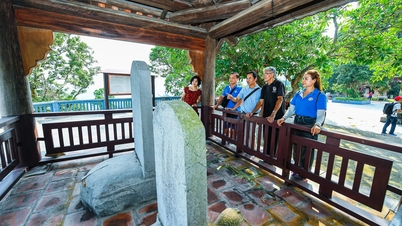










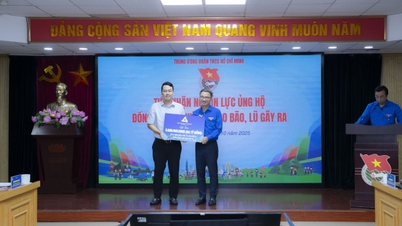



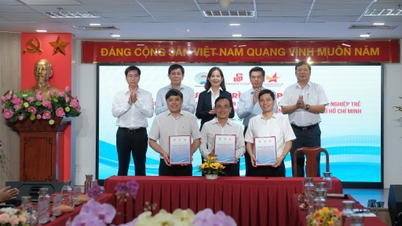











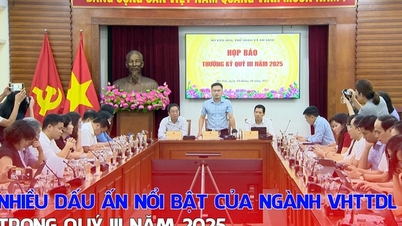

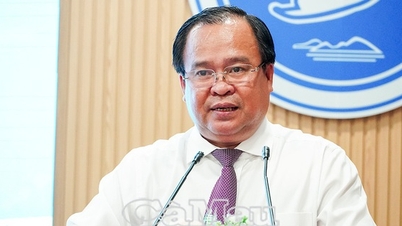

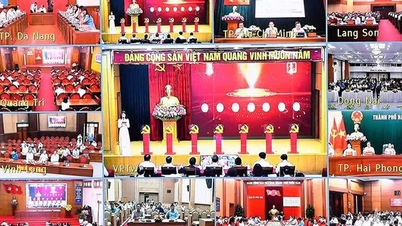

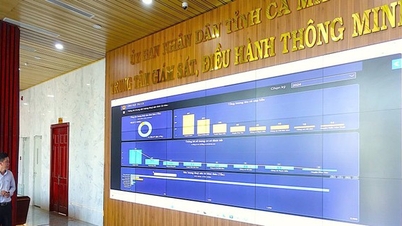
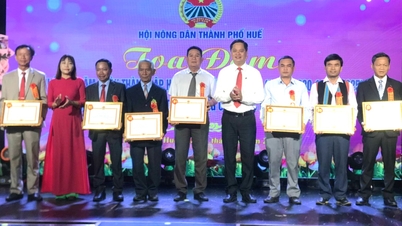

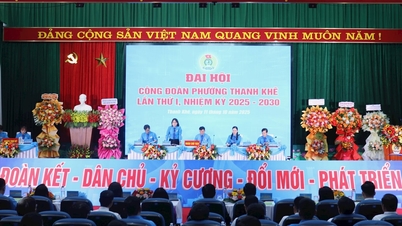

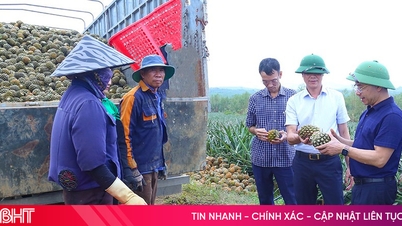



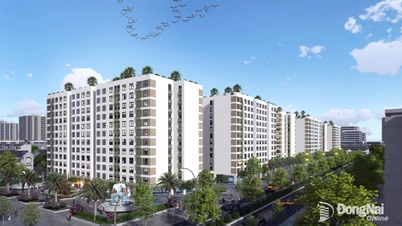
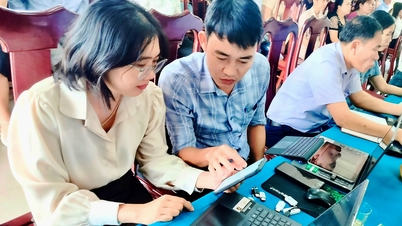
















Comment (0)